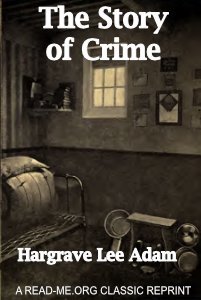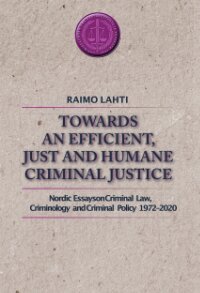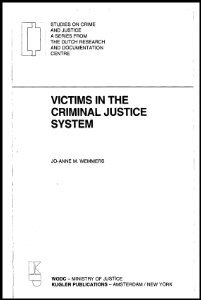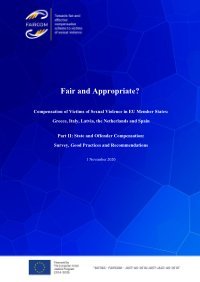By Coleman Phillipson.
THE following three essays are not intended to be considered as separate, independent studies; they are meant to be taken together as supplementing each other, and as constituting one whole. With this intention in view, the author has been able to avoid a good deal of overlapping and repetition, which would otherwise have been inevitable. Though three men and their works are here discussed, we are concerned with but one epoch, one movement, one phase in legal evolution, which represents in many respects a turning-point in European history, and is of the utmost importance in the development of our modern civilisation. Beccaria, Bentham and Romilly are among the greatest law reformers of modern times. In their assault on the folly, injustice and cruelty of the then existing criminal jurisprudence, in their trenchant criticism of outworn codes, obscurantist traditions, blind superstitions, dogmatic technicalities, oppressive fictions, and useless relics of the past, in their proposal of rational substitutes, in their pointing the way to the light, they were intimately united. Their resemblances, like their differences, are as striking in their work as they are in their personal characteristics. In the case of Beccaria—a diffident Italian youth, shrinking from the struggles _ of men, whose small work was almost forcibly extracted from . him by his friends, and whose guarded oracular utterances soon arrested the attention of the world—we shall see vital conceptions and principles of penology in the process of germination and crystallisation; we shall see them in their triumphant conflict with the prevailing régime of sanguinary laws and barbarous methods of procedure. In the case of Bentham—that myriad-minded man, the dauntless explorer of institutions, the arch-legislator ever ready, in his jealously guarded “‘hermitage,”’ to make laws for all the nations of the earth—we shall see a prodigious multitude of ideas, schemes and systems, lavishly given to the world from a rich mine that could, surely, never be exhausted; we shall see this prolific progenitor scattering them broadcast, infusing new life into many barren places…
London: J.M. Dent, 1923. 344p.





















